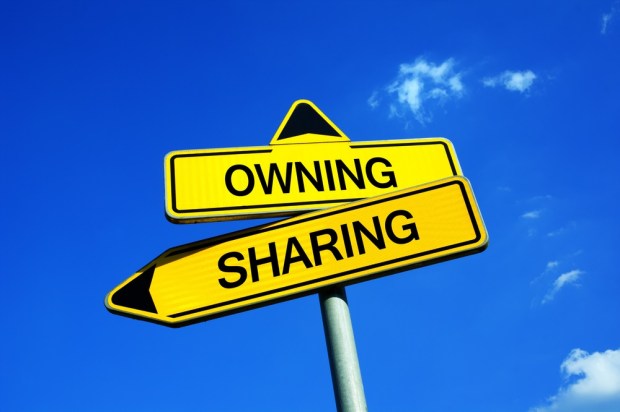Vulog’s Plan To Compete With Uber

Drivers for ride-hailing services no longer need to own their own car.
Instead, Uber and Lyft drivers can now take advantage of shared cars via Vulog, the free-floating, one-way car-sharing technology generator. Vulog empowers car-share business hopefuls to get their business off the ground.
Vulog hopes to increase shared vehicle utilization by leveraging hours when shared cars are less in-demand. If an Uber driver can use a car that would otherwise spend the night parked and out of use (and thus not generating any revenue), it’s a win for everybody.
Car-sharing service operators get to increase fleet utilization without sacrificing service to customers. The more they share, the more they win, since every use of every car generates more revenue for them.
Ride-hailing companies can make more hires and thus reduce wait times for customers. Plus, it improves their image, since the shared cars are guaranteed to be recent and clean.
For drivers, using shared cars reduces their fixed costs by saving them from having to own, maintain and fuel a vehicle. Instead, they can pay the hourly fee to use the shared car and enjoy gas and insurance as part of the package. Plus, they can pick up a car whenever and wherever they want and end the trip after only a few hours if they wish.
Under the new partnership, a shared car would see the normal amount of use during the morning, afternoon and evening. But after 10:00 p.m., it turns into a pumpkin, ferrying late-night Cinderellas to and from the ball until the start of the next day shift at 6:00 a.m.
“We expect this offering to open a new market segment to our clients, thus increasing fleet utilization and size in many cities,” said Gregory Ducongé, Vulog’s CEO. “The on-demand model has completely changed the way people consume transportation; we believe that ride-hailing drivers can and should have access to their tools on-demand as well.”
